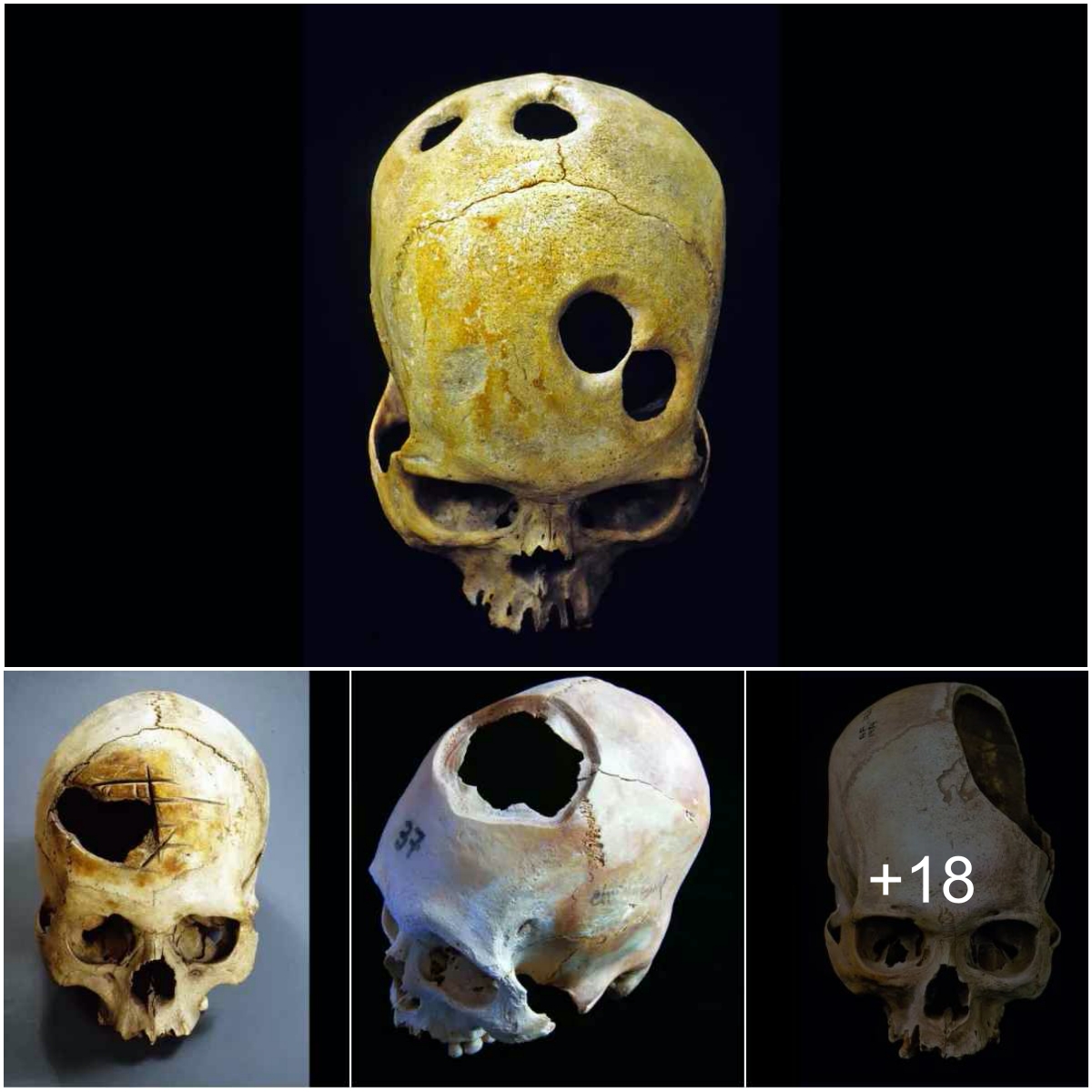Gold has captivated humans for centuries with its beauty and rarity. In a recent video on YouTube, we can see how gold is formed and why there is so much of it in certain areas, such as the river featured in the video.
Gold is formed deep within the earth’s crust through a process called hydrothermal deposition. This process involves hot water carrying dissolved minerals and metals, including gold, through cracks in the earth’s crust. As the water cools, the minerals and metals are deposited and form veins in the surrounding rocks.
Over time, the rocks containing gold are eroded by natural processes such as wind, water, and ice. The gold is then transported downstream and deposited in rivers and streams. This is how gold is found in the river featured in the video.
The amount of gold in a river or stream depends on several factors, including the amount of gold-bearing rock in the surrounding area, the size of the river or stream, and the strength of the current. In the case of the river in the video, the surrounding area is rich in gold-bearing rock, and the river has a strong current that helps to concentrate the gold in certain areas.
Finding gold in a river or stream is not always easy, and it requires specialized equipment and techniques. Gold prospectors use tools such as gold pans, sluice boxes, and metal detectors to locate and extract gold from the riverbed.
In conclusion, the abundance of gold in certain rivers and streams can be attributed to the process of hydrothermal deposition and erosion. The river featured in the video is an excellent example of how gold can be found and concentrated in certain areas. While finding gold in a river or stream is not always easy, it remains a popular activity for treasure hunters and gold prospectors alike.





